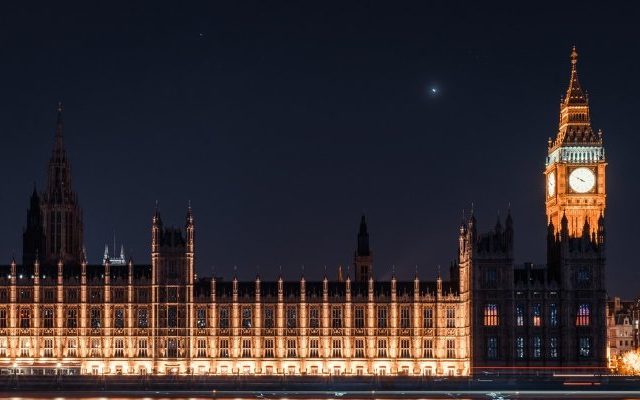The mayoral race for London is approaching a critical junction, and all candidates are beginning to outline their vision of how they are going to take London forward and benefit those within it. At the back end of January, Zac Goldsmith announced his plans for a Digital London – a city of interconnected data, analysed by a chief data officer (CDO) through an office of data analytics. A scheme that has been previously seen in New York, Goldsmith outlined a utopian plan wherein London would consistently improve through the analysis of all of its collected data.
From crime to transportation, the CDO and their team would look to eradicate bottlenecks and target hotspots by a careful interpretation that an increasingly-online city can give. Goldsmith has yet to fully expand on these plans but his initial outline promised to use Transport For London’s 560km network of railway routes, tunnels and bridges to rapidly deliver superfast broadband.
Rapid progress
Focusing on the infrastructure gives a concrete starting point for the idea to take shape, but shouldn’t set the precedent for what will be prioritised as London continues to become fully digitised.
It is worth remembering that London is fast becoming technologically-enabled. From contactless payments to underground WiFi and the slow eradication of paper tickets, progress is being made rapidly compared to other European cities. Businesses and services in London are driving this tech adoption themselves, with a huge advancement in the level and coverage of technological services through both the public and private sectors. Looking simply at public-access WiFi, this was seen originally in offices, then into cafes, shops and extending to the network of London underground stations.
So if Goldsmith and his proposal needs to step back from the self-generating infrastructure of London, what is it that he should focus on? Instead, if it comes to pass, the chief data officer needs to take a different approach by focusing on the real and tangible benefits to businesses and people in the capital as opposed to just the nuts and bolts of enabling technology.
A digital city
Digital should be driving interconnectivity between businesses, the public, tourists and the Government in order to truly transform how London, and its citizens, operate at a fundamental level.
For example, imagine if spread across London, parking spaces could be reserved by app and GPS. This is an inventive way to ensure that cars are kept secure and that time is saved as people know exactly where they are heading. But the real value is uncovered when people are placed at the centre of the conversation. Traffic is reduced, allowing vehicles to move with more ease around London. Parking companies can empower their staff to focus on improving their service and not on the constant monitoring of car parks. Most excitingly for many Londoners, this would mean that less traffic wardens would need to be deployed to patrol, and hotspots would be easily identified.
Using the parking example, it’s clear that if the cameras and app technologies are placed front and centre then only a moderate level of success will be achieved – in this case quicker parking and CCTV coverage. However, if an approach focused on people is employed and applied to the analysis of data, then a greater amount of benefits can be seen from exactly the same implementation. By adopting behavioural analysis hotspots for extra parking, crime reduction measures, city planning, congestion and parking metre fees can all be effectively governed.
Fundamentally, the use of digital technology has the ability to have far more influence for businesses, inhabitants and tourists than simply ‘useful tools’, saving time and money. But for this level of success to be achieved, Goldsmith must ensure that whoever he appoints as CDO has the ability to step back when looking at the data and take into consideration the broader picture.
‘A self-perpetuating tech hub’
London as a city is a self-perpetuating technology hub, and it’s going to advance with or without the use of mayoral schemes and budgeting.
The technology isn’t the issue, it’s how to apply this in order to benefit those that live, work and run businesses within London. Working with London’s buoyant startup scene, especially in FinTech, Goldsmith needs to think about each of London’s audiences, what they do, what they need and where the gaps are.This is vital to incentivising and prioritising innovation. Goldsmith needs to think bigger if his ‘big idea’ is to reach its full potential.
Article by channel:
Everything you need to know about Digital Transformation
The best articles, news and events direct to your inbox
Read more articles tagged: Featured






